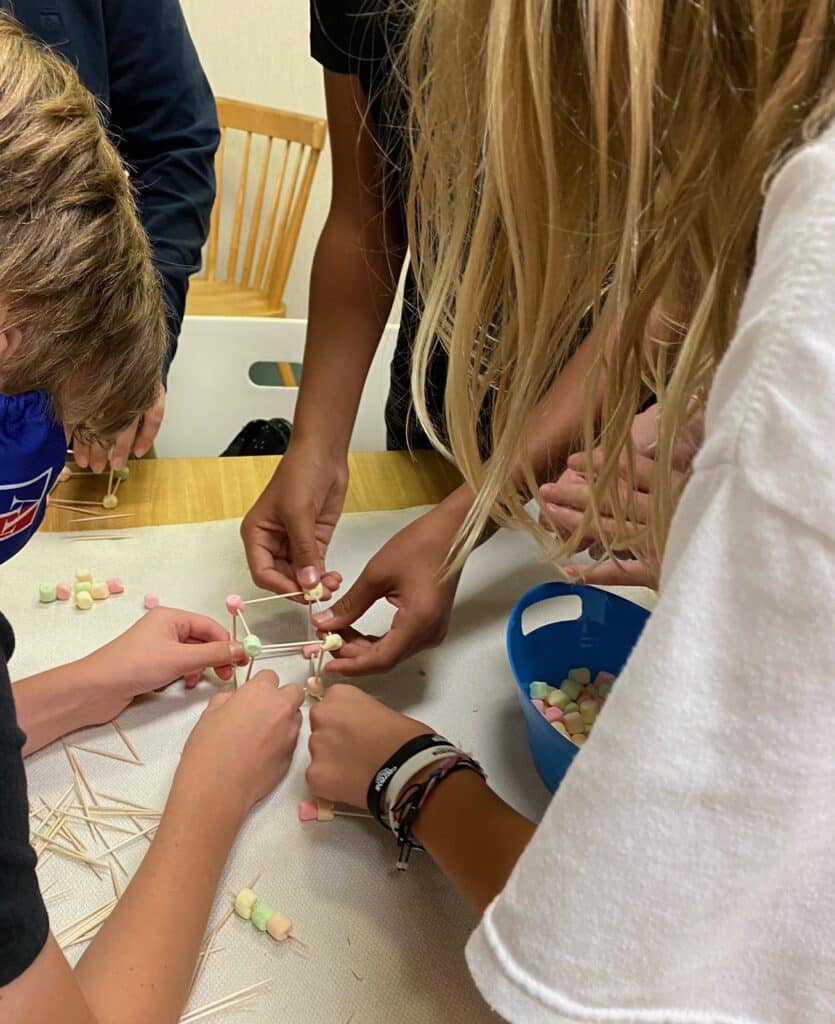When Maria Montessori termed the word “normalization,” she was not referring to the process of the child conforming to the norm. Normalization instead refers to the progression of childhood development. Dr. Montessori believed that normalization is the result of experience through the prepared environment.
Through the prepared environment, students are encouraged to learn and explore on their own. If there is a part of the prepared environment that is severely changed (such as moving to another classroom or a new person entering the class), then the process of normalization will be deterred.
Children that enter into the normalization process have the following characteristics:
- Love of work
- Concentration
- Self-discipline
- Sociability
“ All four characteristics must be present for us to say that a normalized type common to the whole of mankind is appearing—no matter how brief the appearance of the characteristics. The process is usually invisible to us because the process of normalization is hidden by characteristics not proper to the child.” (Absorbent Mind, p. 202)
A normalized classroom takes time and effort from teachers and parents. It is essential for parents and teachers to have open communication about a child’s normalization process.
Normalization is a healthy, developmental process that encourages a child’s self-discipline, executive skills, and joy for meaningful work. Every Montessori teacher keeps normalization as a goal for every child in their care.


